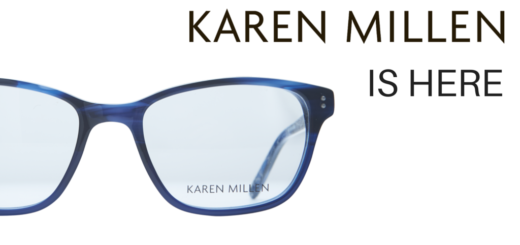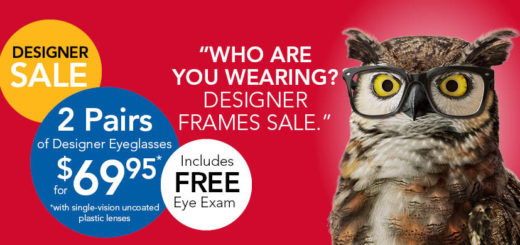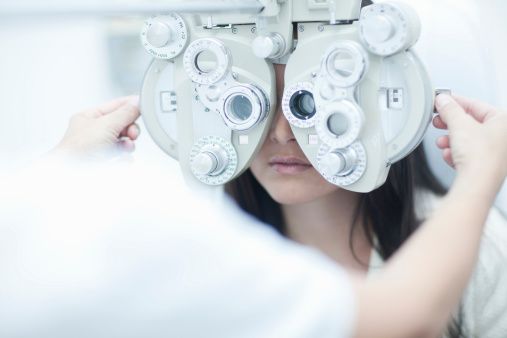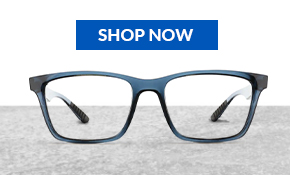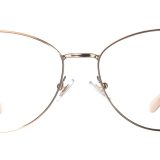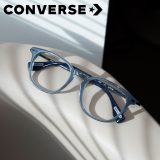New Innovation to Help Future Cataract Surgery Patients
 Cataract Surgery
Cataract Surgery
Decades ago, cataracts were a step on the path to blindness for many seniors. Today, cataract patients know they don’t have to live with cloudy, obstructed vision. Many opt for a new, clear artificial lens that replaces the cloudy lens during surgery. The outpatient surgery is quick and painless, with great results.
Could the process of lens replacement become even better for cataract patients? It’s possible. Optica, The Optical Society’s research journal, recently reported on a new hand-held device that will allow cataract patients to see exactly how their artificial lens implant will look before their surgery. This device, called the SimVis, is in the prototype stage only.
New Technology
Why is a device like this helpful? Because patients have a few options when getting their lens replaced with an artificial implant.
Many of these lenses called intraocular lenses, will not only solve the patient’s cataract problem, but can also help the patient improve their distance of near vision. When a patient chooses one of these types of lenses, they can’t predict what their visual experience will be. Do they choose the intraocular lens to help correct their near vision? Do they choose one to help their visual experience while looking far away? It’s a difficult decision to make without being able to imagine exactly how the world will look through either lens. Most patients will then opt for some form of vision correction to fix whatever vision distortions remain.
This new device simulates the different possibilities so the patient can make a more informed choice concerning their vision. To do this, it uses what they call a “tunable” lens, a lens that changes shape to simulate the different visual experiences. So far, the researchers have used this system with nine volunteers. The testers were asked to use the device to look at several different items ranging from a smartphone to a laptop to a landscape portrait and an eye chart.
What the researchers found was that different patients had different preferences in the type of correction they occurred. To the researchers, this further confirmed the necessity of the device in helping patients choose the correction that feels best to them personally.
It will be interesting to see how this innovative technology develops over the next several years, making eye care after cataracts even easier!


